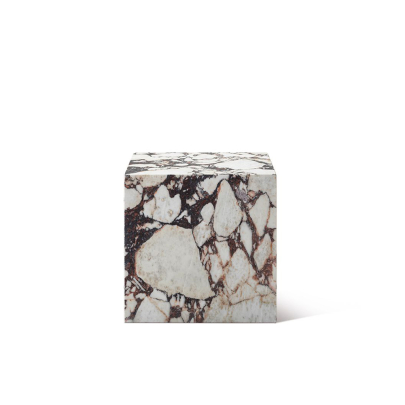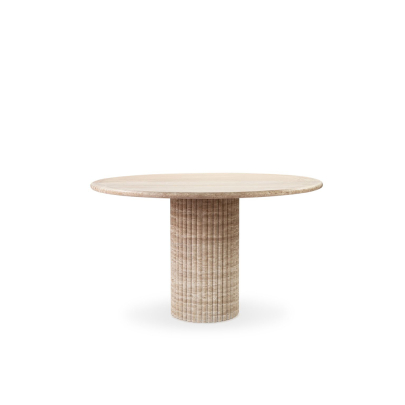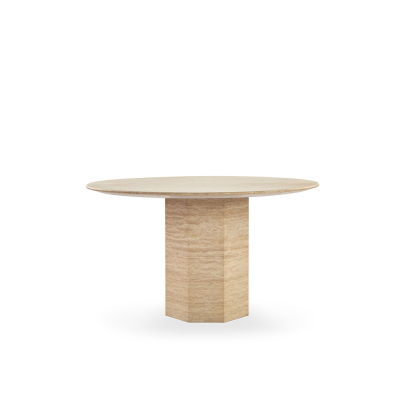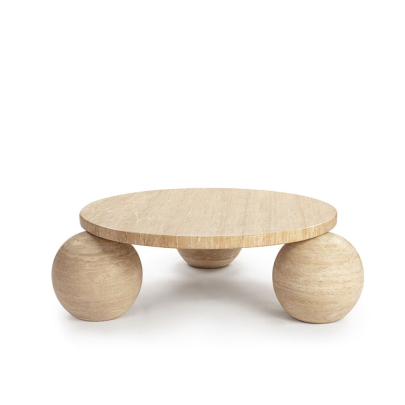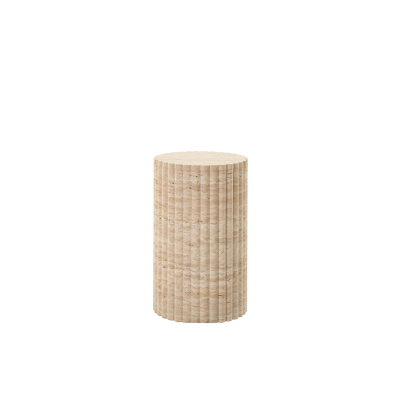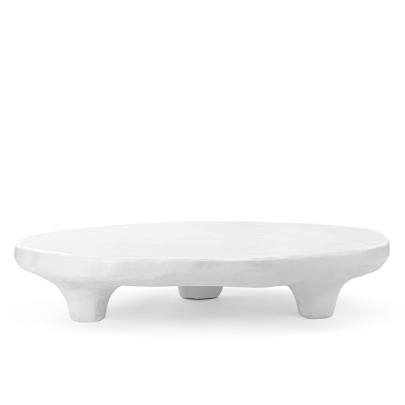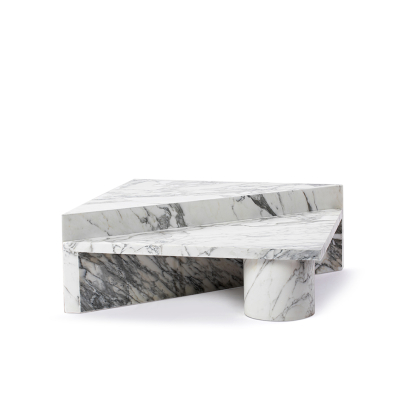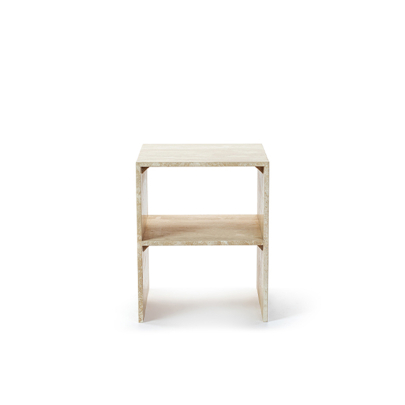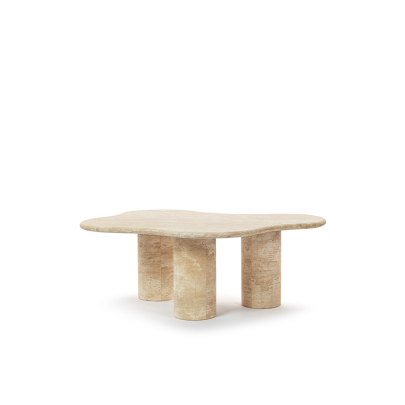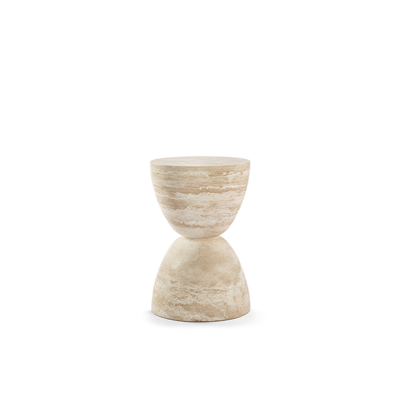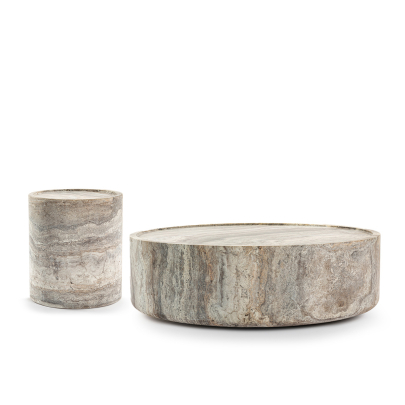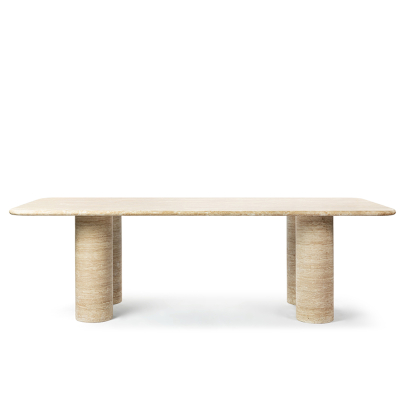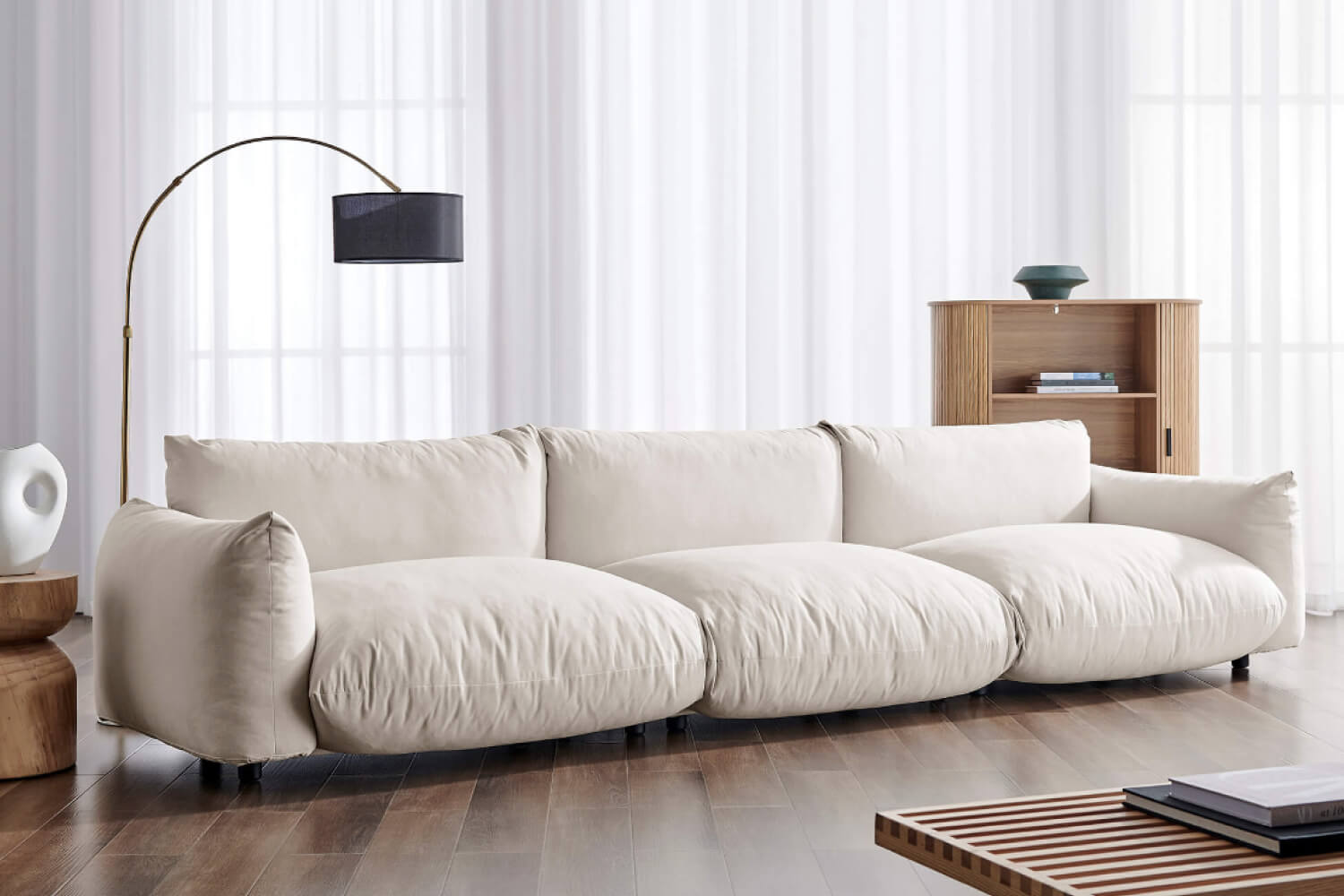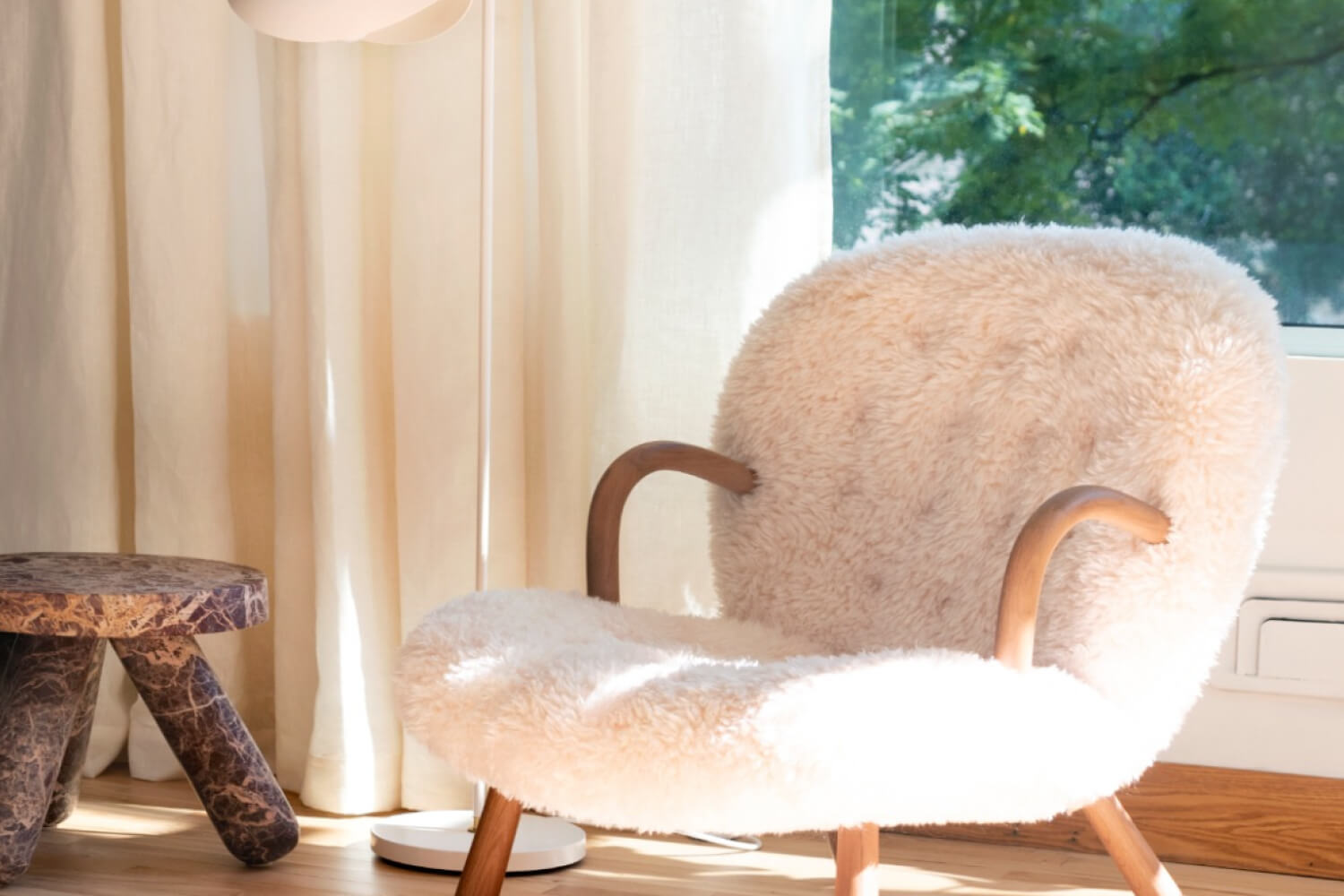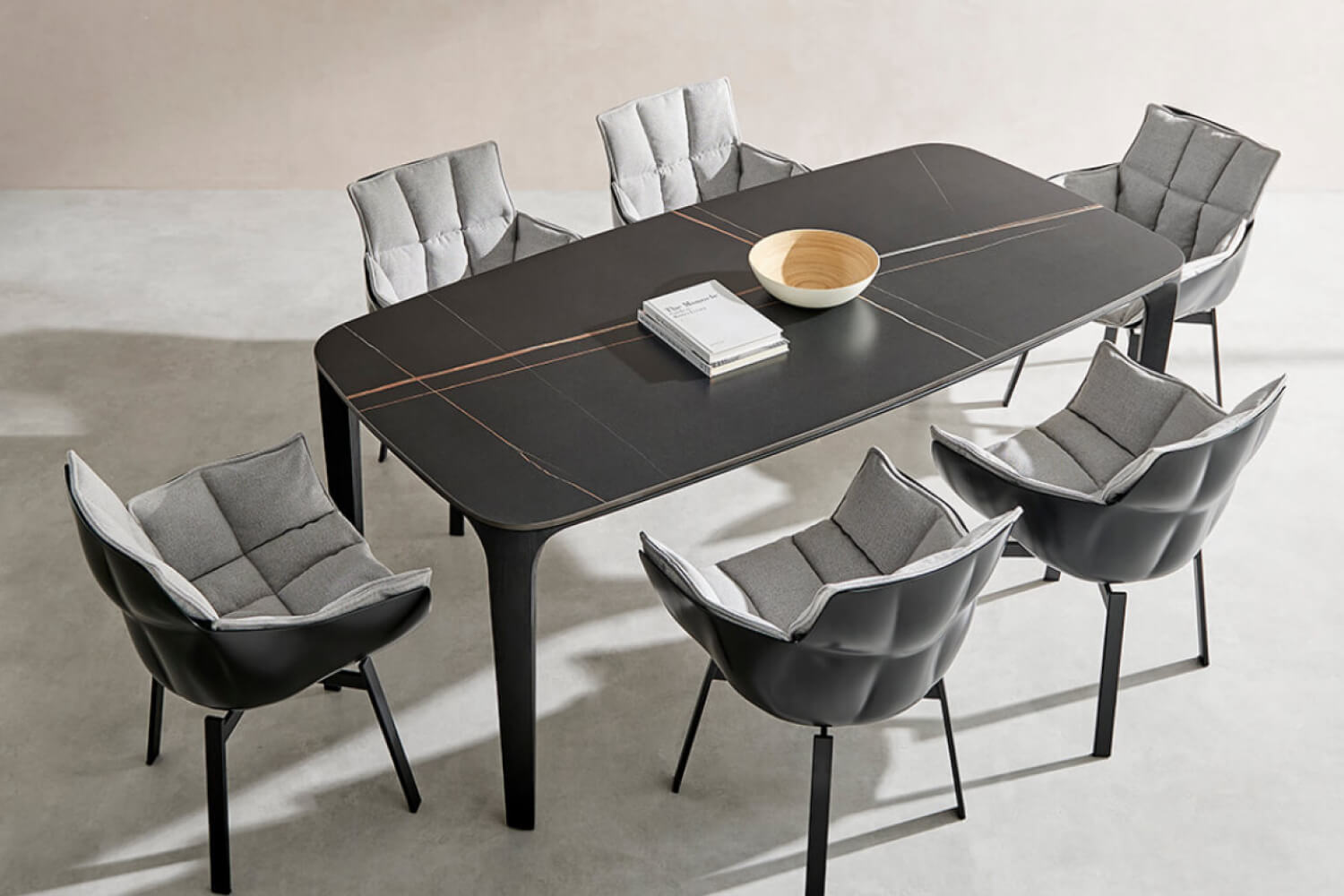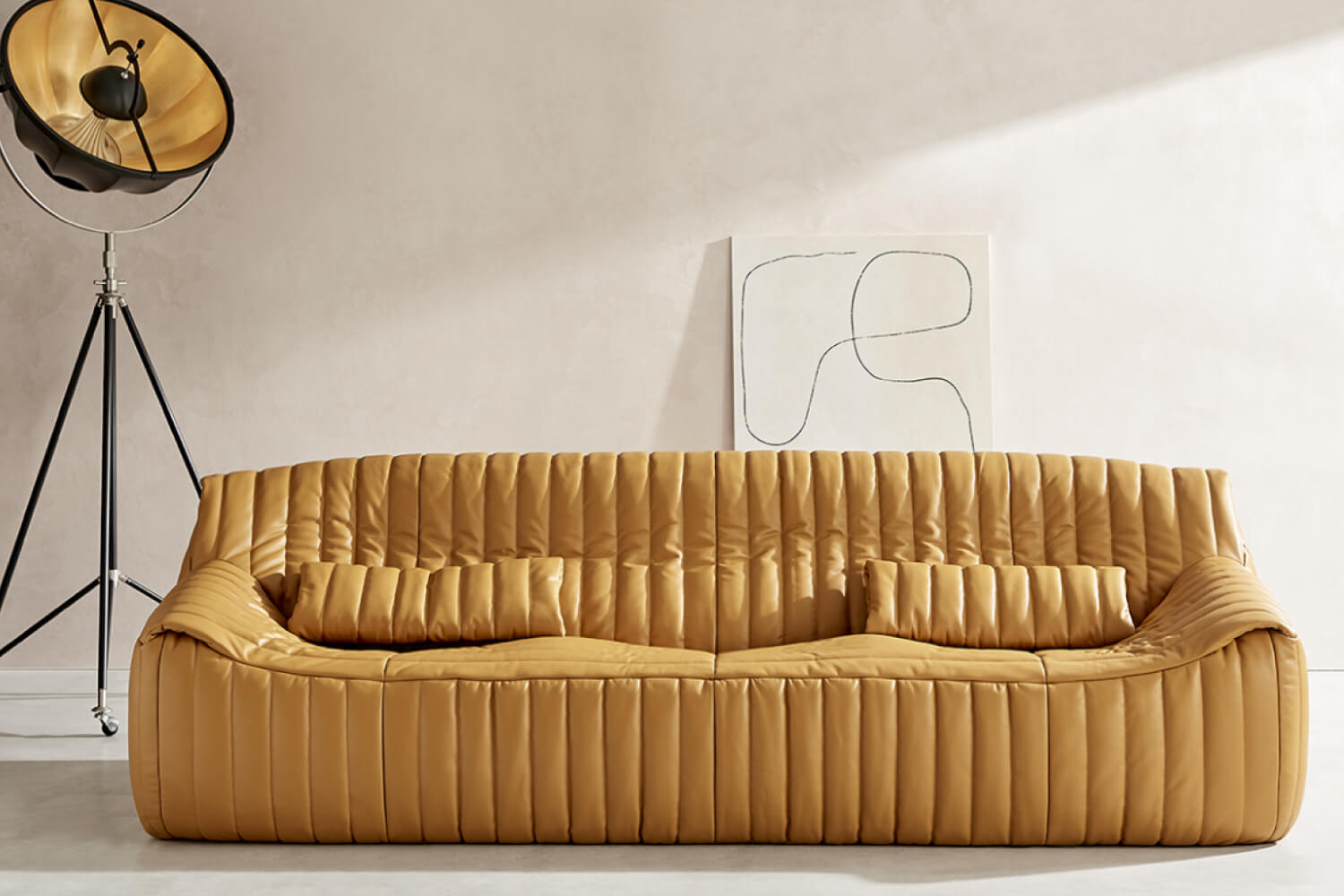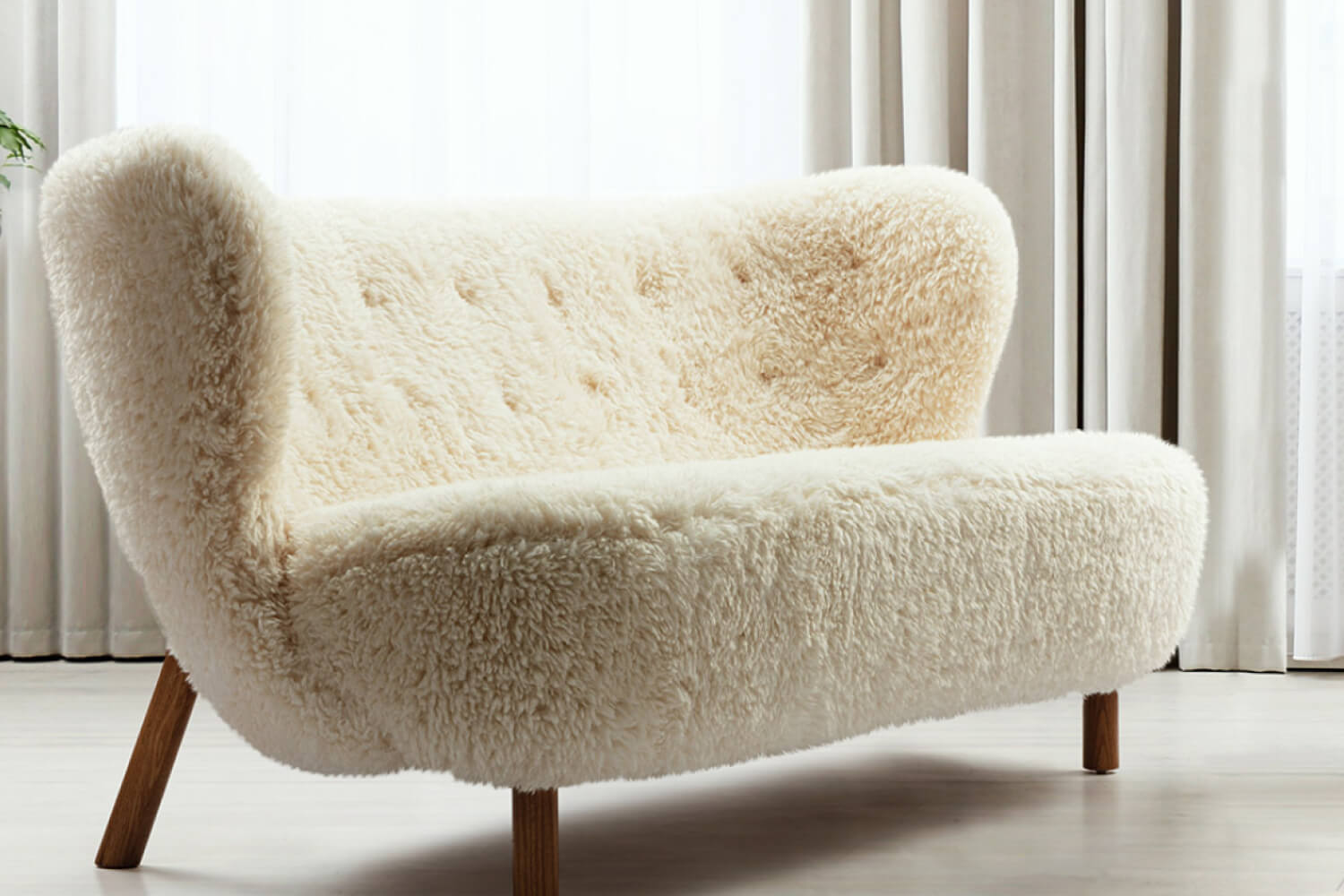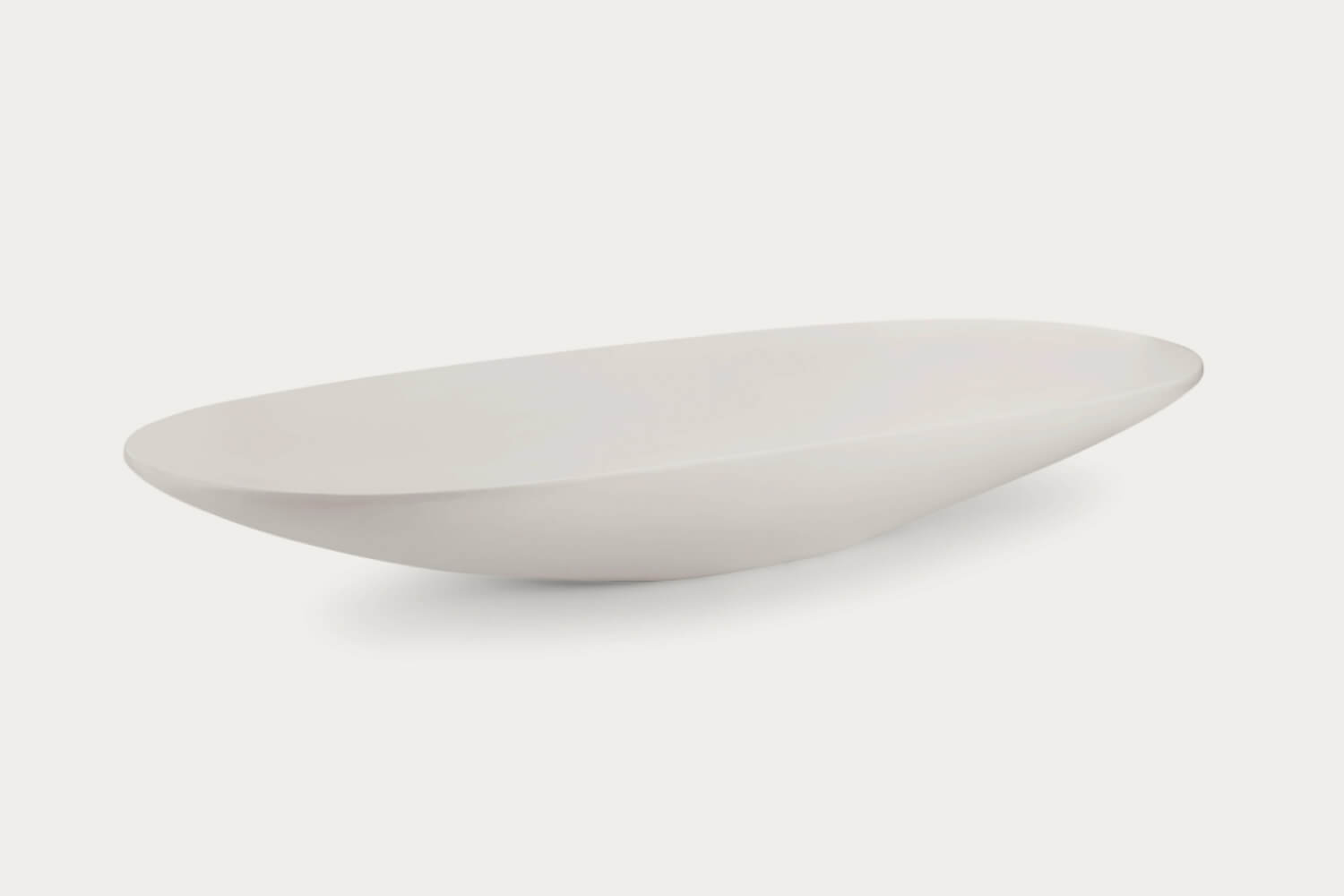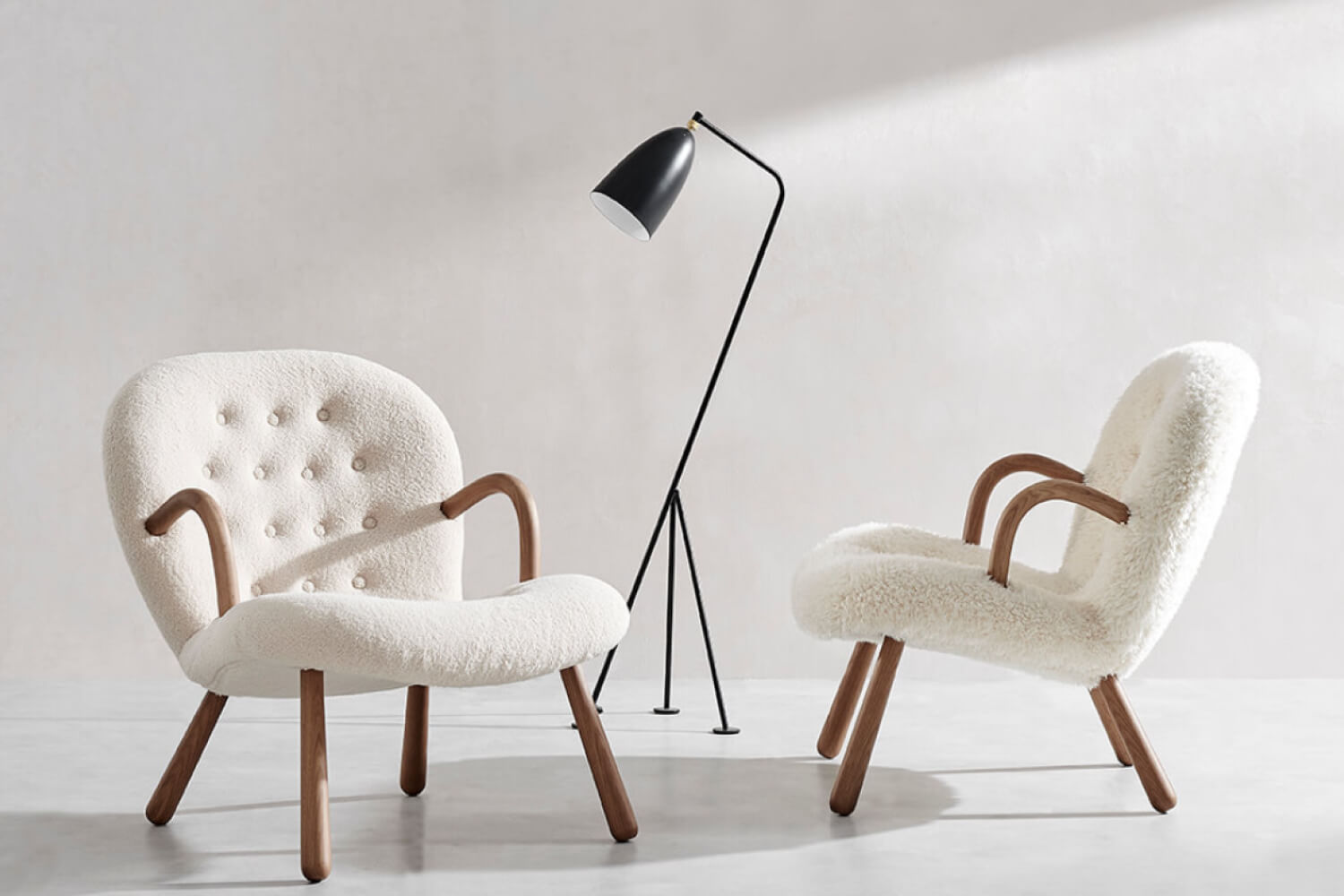
In the world of design, few styles have endured and evolved as gracefully as Mid-Century Modernism. Born in the post-war era, this movement was a testament to simplicity, functionality, and the beauty of understated elegance.
As we delve into the 21st century, the principles of Mid-Century Modernism remain as relevant as ever, seamlessly adapting to the nuances of contemporary living while retaining their iconic charm.
This guide will take you through the evolution of Mid-Century Modern design, illustrating its timeless allure and how it continues to influence modern interiors.
The Timeless Philosophy of Mid-Century Modernism
Mid-Century Modernism, spanning from the mid-1940s to the late 1960s, was more than just a design trend; it was a reflection of the societal shift towards simplicity and functionality in the post-war era.
The designs of this period emphasized clean lines, organic shapes, and a seamless flow between the indoors and outdoors.
But what has allowed Mid-Century Modernism to stand the test of time?
Adapting to Modern Living
The 21st century brought with it new challenges and opportunities for interior design.
As living spaces became smaller and technology became a more integral part of daily life, the principles of Mid-Century Modernism found new relevance.
Today's adaptations emphasize space-saving solutions, sustainable materials, and technological integrations, ensuring that the essence of Mid-Century design not only survives but thrives.
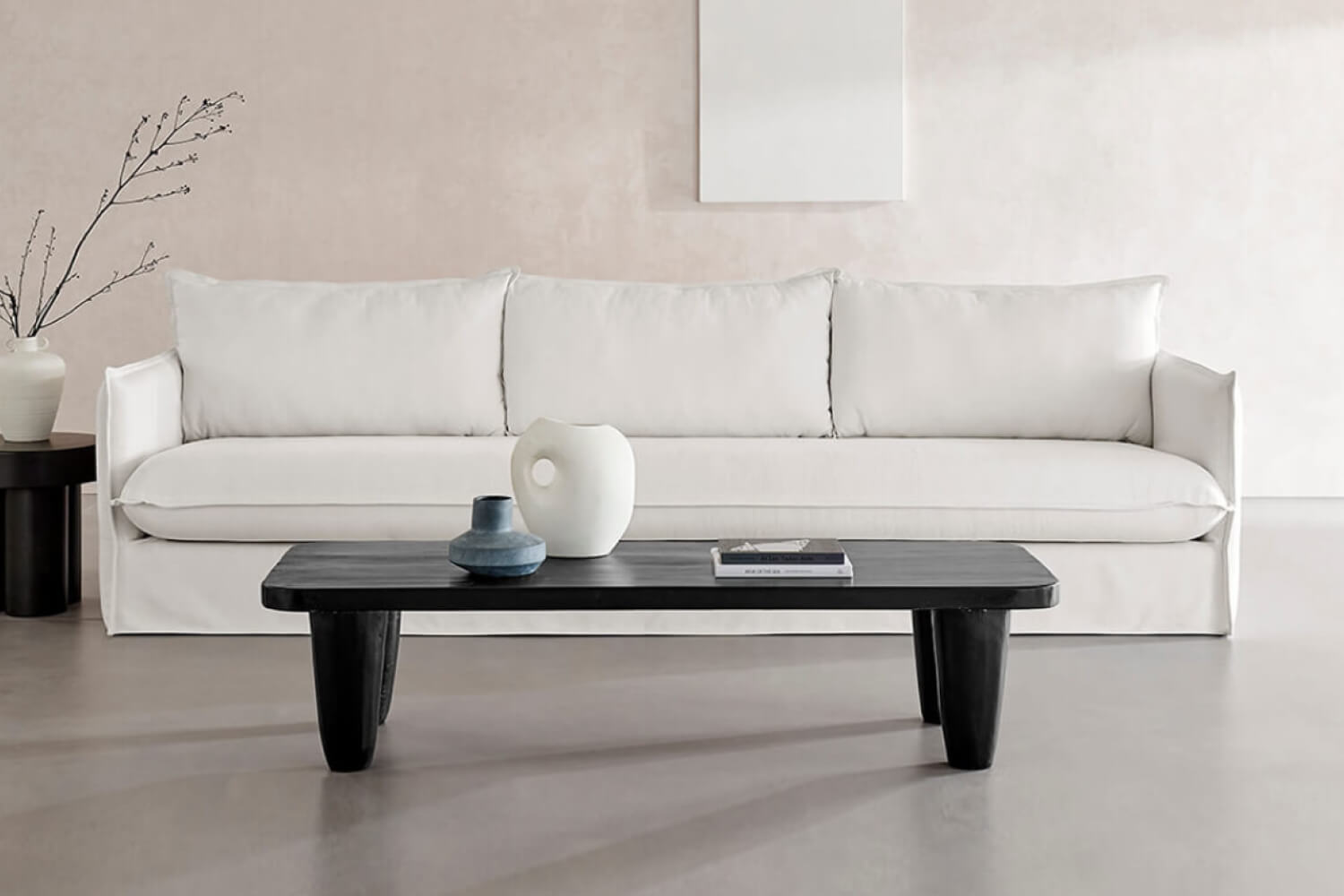

Key Elements of Modern Mid-Century Design
Simplified Forms and Function
One of the most enduring aspects of Mid-Century Modernism is its emphasis on form and function.
This principle has been reimagined in the 21st century to address the evolving needs of modern households, blending aesthetic appeal with practicality.
Furniture pieces are not just statements of style; they serve multiple functions, embodying the Mid-Century mantra of simplicity and utility.
Integration with Technology
In the digital age, the integration of technology into our living spaces is a given.
Contemporary Mid-Century designs incorporate smart features, charging ports, and other technological enhancements, all while maintaining the sleek lines and organic forms that define the style.
This fusion of technology and design creates spaces that are both functional and visually appealing.
The Evolution of Materials and Sustainability
The original Mid-Century movement was known for its innovative use of materials, such as molded plastic, plywood, and stainless steel.
Today, the focus has shifted towards sustainability and eco-friendliness.
Modern renditions of Mid-Century furniture often use recycled materials, sustainably sourced wood, and non-toxic finishes, reflecting a growing awareness of environmental issues.
Iconic Mid-Century Designs in the Modern World
The Sofa as a Centerpiece
The sofa, a staple in Mid-Century interiors, continues to serve as a focal point in modern living rooms. Contemporary designs, like the Marenco Sofa, honor the original aesthetic with updated materials and configurations to suit today's multifunctional spaces.
The Modern Coffee Table
Coffee tables have evolved from mere functional pieces to statement elements that reflect the Mid-Century's love for geometric shapes and minimalism.
Designs like the EM Wabisabi Rustic Rectangular Black Reclaimed Wood Coffee Table and the Remy Modern Oval Bowl Concrete Coffee Table blend historical influences with contemporary needs, offering both style and utility.
Conclusion
The revival of Mid-Century Modernism in the 21st century is more than just a trend; it's a renaissance of a design philosophy that champions simplicity, functionality, and a connection to the natural world.
As we navigate the complexities of modern living, the principles of Mid-Century Modern design provide a blueprint for creating spaces that are timeless, versatile, and inherently beautiful.
By embracing these designs, we pay homage to a past era while looking forward to a future where form and function coexist in perfect harmony.

